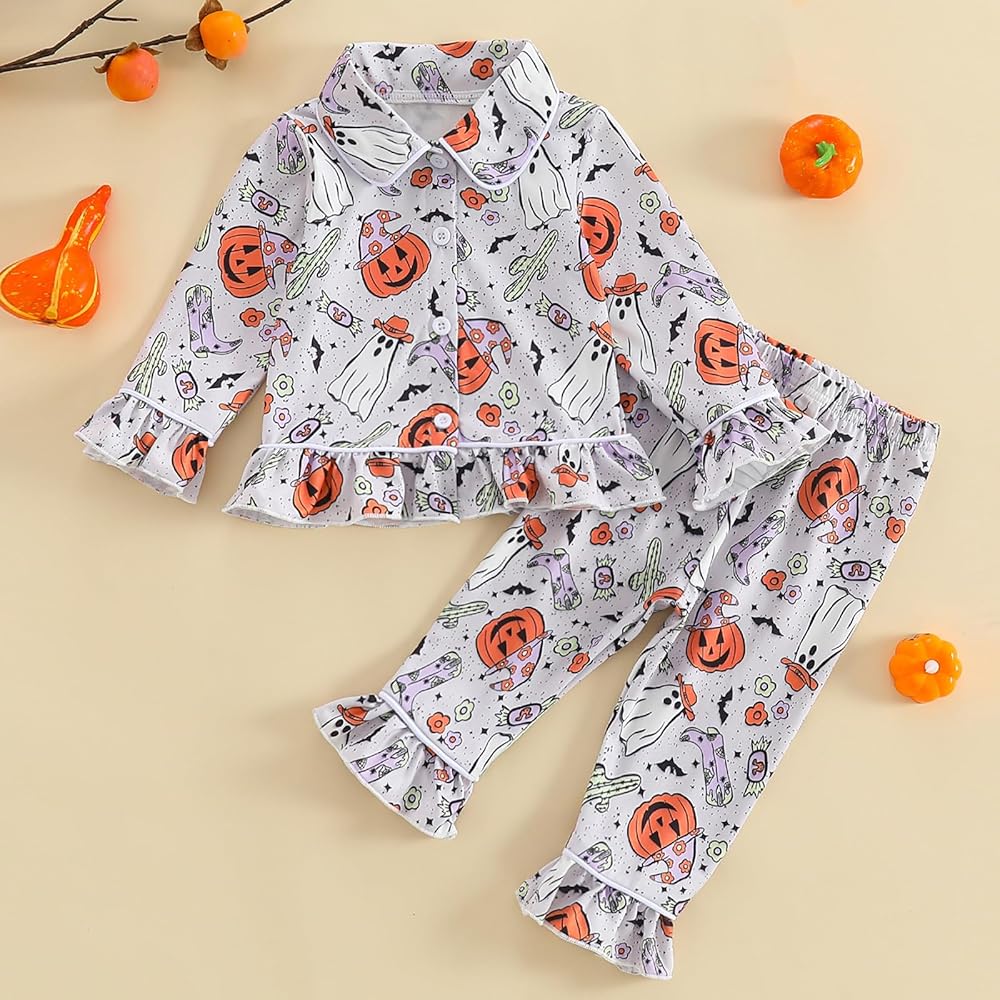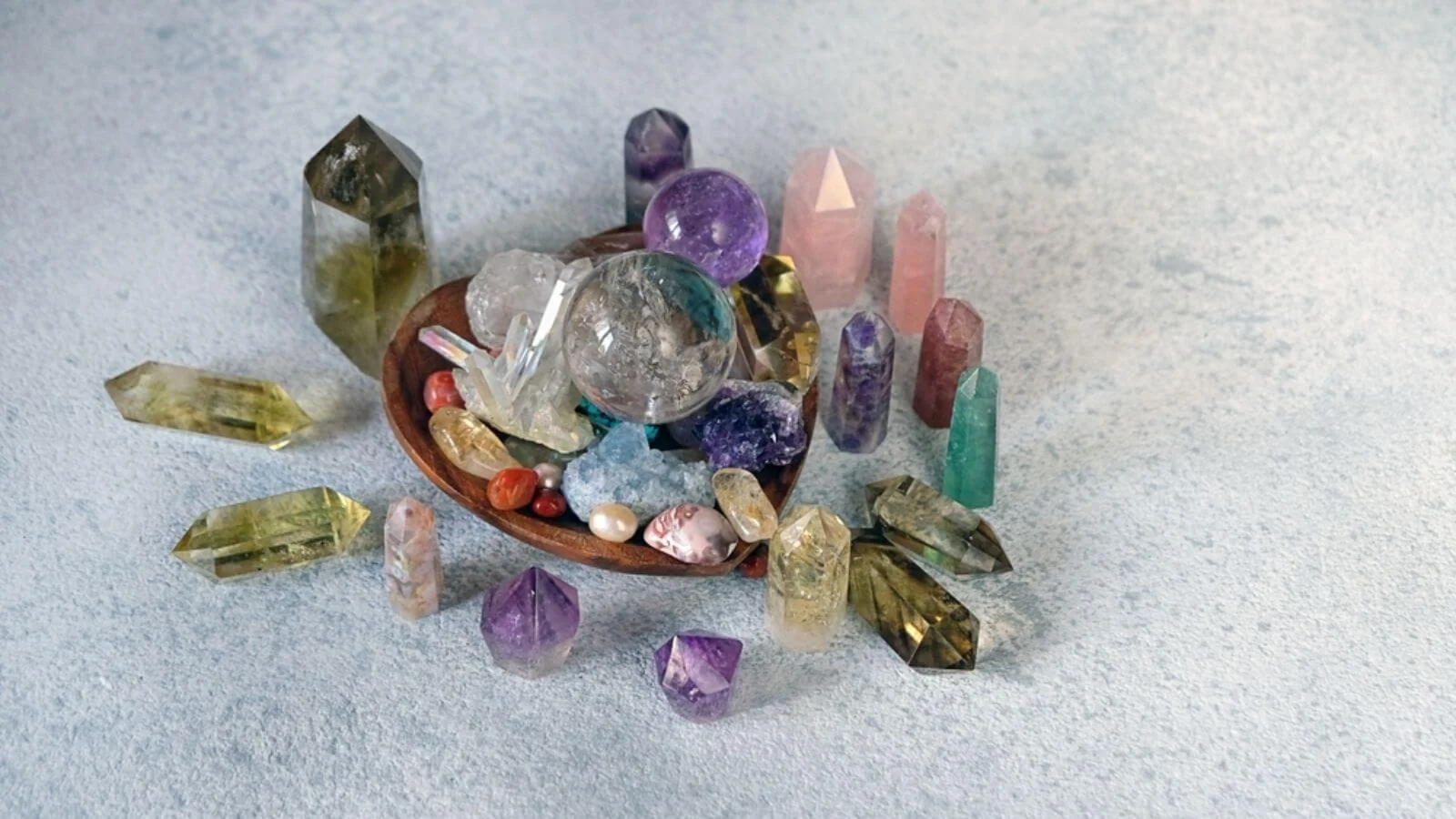Introduction: The Rise of Eco-Friendly Baby Clothes
Choosing the best Baby clothes for your little one has never been more important. Parents today are increasingly aware of the environmental impact of their purchases, making eco-friendly baby clothes a top priority. These garments offer not only softness and safety but also sustainability, helping protect the planet for future generations.
At MAMALADY, we are committed to providing gentle and stylish baby clothes made from organic and sustainable materials. This article explores why eco-friendly baby clothes are perfect for every season, how to choose the right fabrics, and tips for caring for these precious garments.
Why Choose Eco-Friendly Baby Clothes?
Protecting Sensitive Skin with Natural Fabrics
Many conventional baby clothes are made with synthetic fibers and treated with chemicals that can irritate your baby’s delicate skin. Eco-friendly baby clothes use organic cotton, bamboo, or hemp—materials free from pesticides and harsh dyes—ensuring maximum comfort and safety for your child.
Reducing Environmental Impact
The fashion industry is a major contributor to pollution and waste. By choosing sustainable baby clothes, you help reduce water consumption, chemical use, and carbon emissions. Eco-friendly baby clothes are often produced in factories with ethical labor practices and minimal environmental footprint.
Longevity and Durability
High-quality, eco-friendly baby clothes tend to be more durable, maintaining softness and shape through numerous washes. This durability means fewer replacements, less waste, and better value for parents.
Best Fabrics for Eco-Friendly Baby Clothes in Every Season
Organic Cotton: A Year-Round Favorite
Organic cotton is breathable, soft, and hypoallergenic—making it ideal for all types of baby clothes. It works well in summer bodysuits and winter layers alike, providing comfort regardless of the season.
Bamboo: Naturally Moisture-Wicking and Antibacterial
Bamboo fabric excels at temperature regulation, keeping babies cool in the heat and warm in cooler months. Its antibacterial properties also make bamboo a hygienic choice for eco-friendly baby clothes year-round.
Hemp: Strong and Sustainable
Hemp fibers are naturally resistant to mold and UV rays, making them suitable for sun-protective baby clothes during warmer seasons. Hemp is also highly durable, ideal for layering pieces during colder months.
Eco-Friendly Baby Clothes for Spring and Summer
Lightweight and Breathable Designs
In warmer months, eco-friendly baby clothes should keep your baby comfortable without overheating. Choose thin organic cotton onesies, bamboo rompers, and airy dresses that allow air circulation and prevent sweat buildup.
UV Protection
Certain eco-friendly fabrics like hemp and bamboo provide natural UV protection. Look for baby clothes designed with this feature to shield your baby’s delicate skin from harmful sun rays during outdoor play.
Easy-Care Fabrics
Summer means lots of messes and spills. Selecting eco-friendly baby clothes that are machine washable and quick-drying helps parents keep their baby clean and comfortable without added hassle.
Eco-Friendly Baby Clothes for Autumn and Winter
Soft Layers for Warmth
Layering is key during colder months. Organic cotton and bamboo base layers provide warmth and breathability, while thicker hemp or fleece outerwear retains heat without causing discomfort.
Cozy Sleepwear
Keeping babies warm at night is essential. Look for eco-friendly baby clothes such as footed pajamas and sleep sacks made from sustainable materials that are gentle on sensitive skin and maintain warmth.
Accessories for Extra Comfort
Don’t forget eco-friendly hats, mittens, and socks made from organic cotton or bamboo blends. These accessories complete your baby’s cold-weather wardrobe while staying true to sustainable principles.
How to Care for Eco-Friendly Baby Clothes
Gentle Washing Tips
Eco-friendly baby clothes often require special care to maintain their softness and longevity. Use mild, fragrance-free detergents and wash garments in cold water to preserve fabric integrity.
Avoiding Harsh Chemicals
Steer clear of bleach or fabric softeners that can damage eco-friendly fabrics and irritate your baby’s skin. Instead, opt for natural alternatives that are safe and effective.
Proper Storage
Store your baby’s eco-friendly baby clothes in a cool, dry place. Use breathable storage bins or cotton bags to avoid moisture buildup and keep garments fresh.
Where to Find Eco-Friendly Baby Clothes You Can Trust
Shopping for eco-friendly baby clothes can be overwhelming due to the many options available. At MAMALADY, we carefully select materials and designs that meet strict environmental and safety standards, ensuring that every piece of baby clothes is gentle, stylish, and sustainable.
Our collection includes everything from everyday bodysuits to special occasion outfits, all crafted with the environment and your baby’s comfort in mind.
Conclusion
Investing in eco-friendly baby clothes is a choice that benefits your child, your family, and the planet. With sustainable fabrics like organic cotton, bamboo, and hemp, you can provide comfort and protection throughout every season. At MAMALADY, we are proud to offer a range of stylish and gentle baby clothes that support your commitment to sustainability without sacrificing quality or design.



